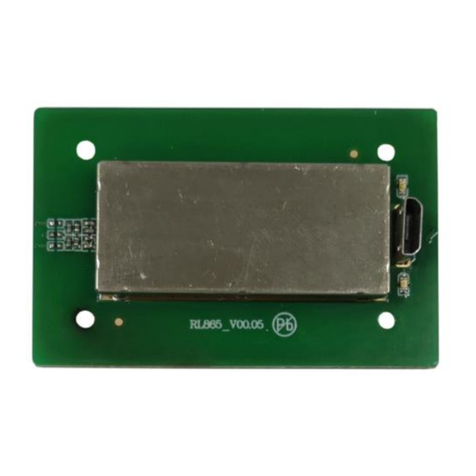User manual
Contents
1. Product Overview...........................................................................1
1.1. Introduction.........................................................................1
1.2. Product Features..................................................................1
1.3. Pictures...............................................................................1
1.4. Main Parameter ...................................................................2
2. Hardware Interface Description.......................................................2
3. Product Dimension .........................................................................3
4. Device Connection..........................................................................3
5. Instructions Of Configuration Tools.................................................4
5.1. Configuration Description Of Parameters..............................5
5.1.1. Communication Interface..........................................5
5.1.2. Buzzer Default Parameters........................................6
5.1.3. RF Parameters..........................................................6
5.1.4. Inventory Parameters................................................7
5.1.5. System Work Mode ..................................................9
5.2. Testing..............................................................................10
5.2.1. Multi-tags Inventory Testing ...................................10
5.2.2. Single Tag Operation Testing................................... 11
6. Troubleshooting Of FAQs .............................................................12
7. Technical Support.........................................................................13




























